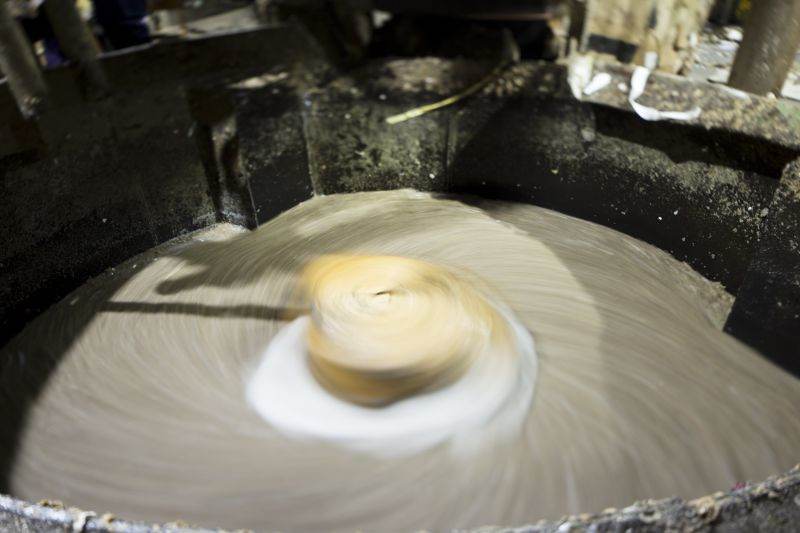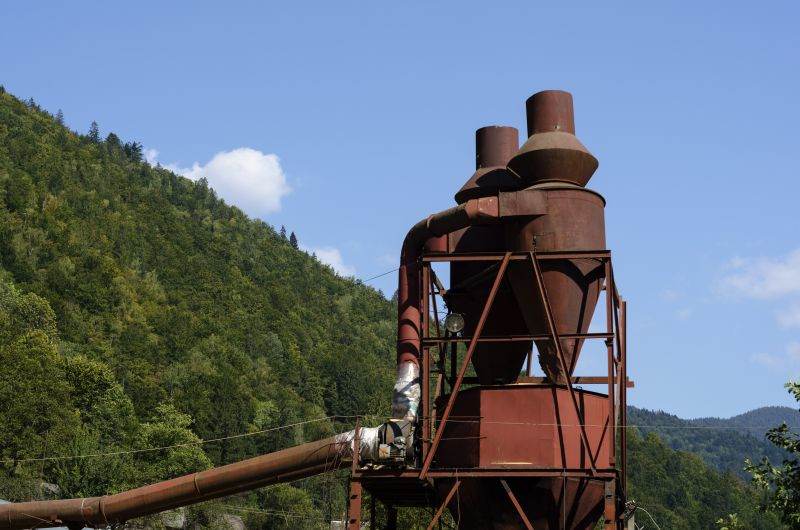Increasing Demand
In spite of the move to a digital world, the consumption of paper and derived paper products worldwide continues to increase, with over 406 million tonnes of paper and cardboard produced in 2014. Representing over $100 billion in gross revenues, the pulp and paper industry remains an important economic driver in many countries, including Canada, the United States, and China.
Complex Process
From a process perspective, the production of pulp and paper is complex, involving many elements of chemical, civil, and mechanical engineering. The pulp is created from the raw material by breaking down the lignin structure using chemical reactions, heat, and mechanical means. The pulp is then processed further into final products, removing water using drying and filtering processes. Due to the application of harmful chemicals, biological wastewater treatment is integrated into the basic flowsheet.

Wide Experience
Coanda has been involved in many aspects of the pulp and paper process and is well positioned to contribute in others. Some areas of expertise and past successes in the industry include:
- Rheological characterization. Pulp fibre suspensions represent complex non-Newtonian mixtures. Characterization and measurement of their rheological properties have been carried out by Coanda personnel, often requiring the application of custom-made instruments and specific methodologies.
- Mathematical modelling. Coanda personnel have completed challenging projects modelling various aspects of the pulp and paper industry’s processes, including the reactive multi-phase processes that occur in the digester, the fluid mechanics in the aerobic aerated lagoons, and the mixing conditions within the headbox to the paper machine.
- Mixing plays an important role in the manufacture of high-quality pulp and paper products. Due to their complex rheology, mixing of pulp fibre suspensions represents challenging problems. Coanda personnel have successfully completed studies and designs in this area.


